They are vaccinated against measles and think you are protected? Possibly, but that is not the case. Inform you prefer to, because measles are not only dangerous for children.
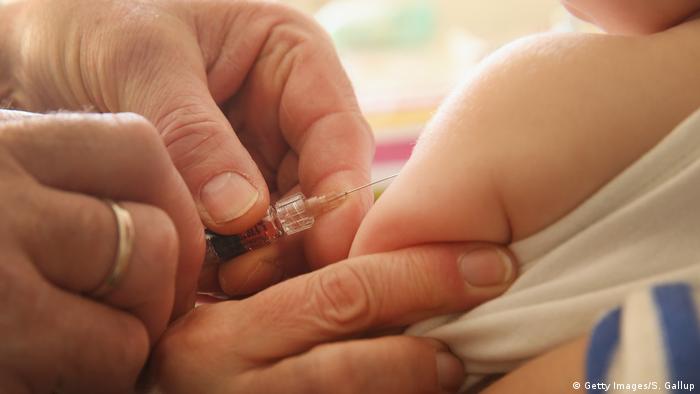
The first measles vaccination should be carried out according to the Permanent Committee on vaccination (STIKO) for infants at the age of eleven to fourteen months. The alone is not sufficient. A second vaccination must be. The should be done at the age of 15 to 23 months, i.e. approximately up to the second year.
Between the first and the second measles vaccination at least four weeks. This second dose is not a booster vaccination. It is intended primarily to close the gaps. At five to nine percent of the vaccinated children, the body builds after the first vaccination, no immune response, they can become infected. To prevent vaccination number Two.
Life-Long Immunity
Will be vaccinated with a combination vaccine against measles, Mumps and rubella (MMR). It has the advantage that fewer injections need to be given. This is especially the case of small children is important.
By the two-fold MMR vaccination between 93 and 99 percent of all Vaccinated against a measles infection sure. These people are life-long immune. Figures from the Robert Koch Institute (RKI) show that in the case of a measles outbreak, especially those not or only once vaccinated can infect, either.

In the vaccination record all vaccinations must be entered
At-risk groups
Those who are born after 1970, often do not have the second measles vaccination. In the Childhood of these people is still common. You should also be vaccinated. Because you can infect children or infants who have built up no immunity against the Virus. According to the RKI, the vaccination Coverage in this group of people at just 30 percent.
Side effects
The vaccine is a combined live vaccine. That is, he contains weakened measles, Mumps and rubella viruses. As with all vaccinations, it can also come in the case of the MMR vaccination side effects. But they are not usually very pronounced. At the injection site may redden the skin, or swelling occur. It can also cause other symptoms, but they are all dangerous. To do this, a slight fever, headache or gastrointestinal complaints. All of these side effects are harmless, as compared with the symptoms of measles disease and, above all, the sometimes even fatal, consequences.
Protect yourself and others
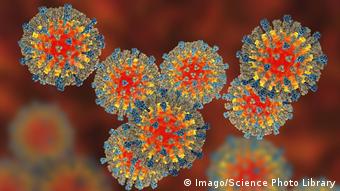
Measles is a viral disease
The incubation period of measles is about eight to ten days. The viral disease is highly contagious. The more important it is to protect themselves against Transmission. This is true especially when many people are in one place, for example in kindergartens or at school. Because a measles infection can lead to a Domino effect, and it can lead to outbreaks of large-scale measles. The last large measles outbreak in Germany was in the year of 2015 of 2,465 cases. In 2018, there were 543.
It is different in Europe: According to the WHO have been infected in the past year, so many people in the last ten years. In some regions, the number of measles cases increased three-fold. STIKO and the Robert Koch-Institute appeal to all to be vaccinated. This would help to push the Numbers down further.
-
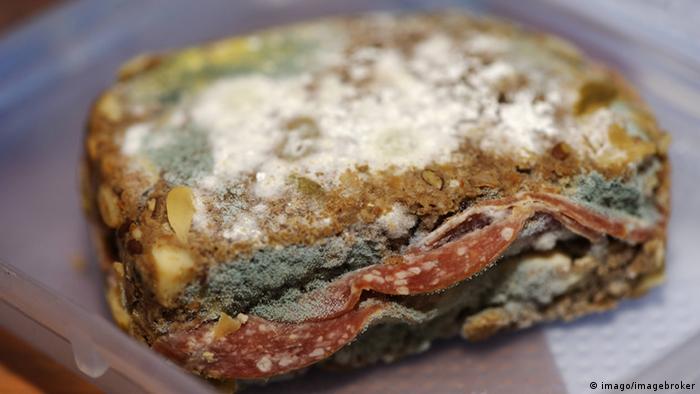
Bacteria, viruses, fungi: life-threatening and indispensable
Yuck yuck!
So a moldy bread is not safe. Although there are harmless molds – such as Camembert – many types of mold produce toxic degradation products. Also, the fungal spores can cause allergies. In the worst case, and in the case of high concentrations of an immune-compromised people can die from mold exposure in air and food.
-
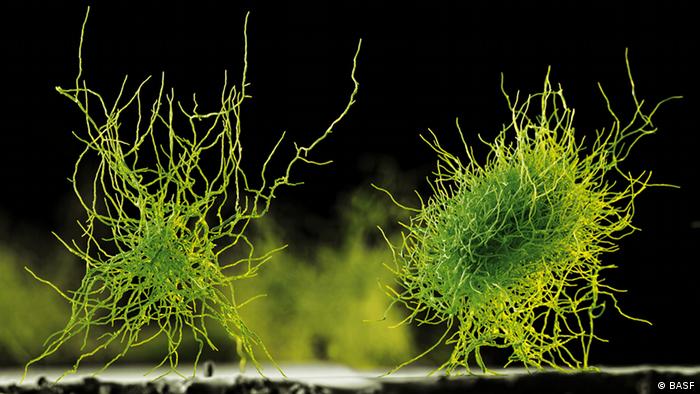
Bacteria, viruses, fungi: life-threatening and indispensable
Useful mold as a biocatalyst
Mold can, however, also be useful: fungi decompose carbohydrates, fats and proteins as efficiently as no other organism. The advantage of the industry. These genetically optimized mould fungus Aspergillus niger forms technically useful enzymes, which are used in food and detergents – sort of like a living factory.
-

Bacteria, viruses, fungi: life-threatening and indispensable
It goes around the sausage
“Botulus” is the Latin word for “sausage”. Butcher to work in sausage production, it is not completely clean or there are impurities in the Canning of meat or vegetable canned food, can cause “botulism”. This is a life-threatening poisoning disease caused by the bacterium “Clostridium botulinum”.
-
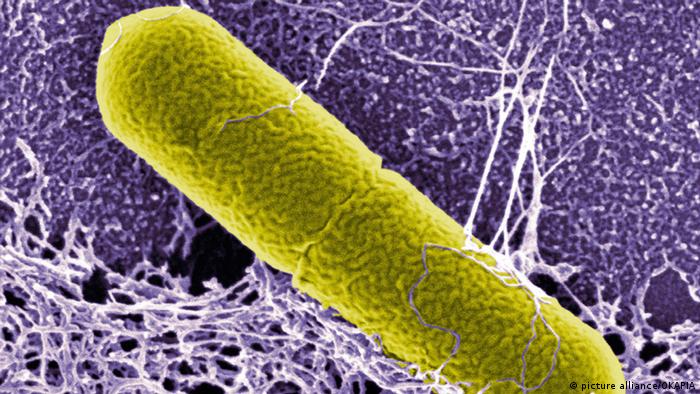
Bacteria, viruses, fungi: life-threatening and indispensable
A habitat without oxygen
The Clostridium botulinum feels particularly good, where there is no oxygen. It is a nerve produces toxins that as “Botox” in cosmetic surgery is used to smooth areas of the skin. The toxin formed in spoiled food, suffers paralysis of the Patient, indistinct, and looks twice as. A paralysis of the respiratory muscles or of the heart muscle leads to death.
-
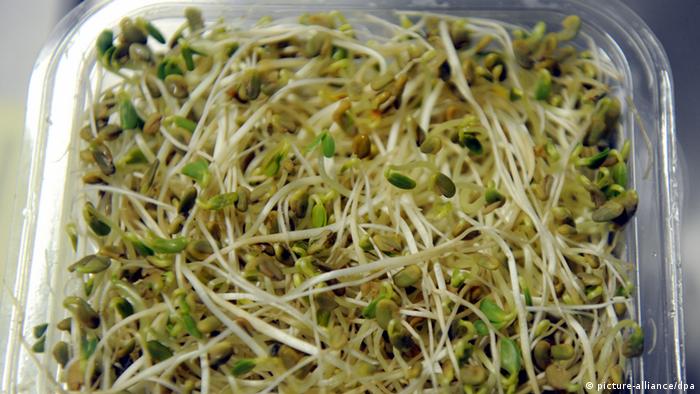
Bacteria, viruses, fungi: life-threatening and indispensable
Raw food is not always healthy
Fenugreek sprouts were up in 2011, popular among customers, the increased emphasis on healthy eating. Then it came out that the contamination of Egyptian fenugreek seeds with Enterohaemorrhagic Escherichia coli (EHEC) bacteria responsible for an infection wave in Germany. 53 people died from it. The sprouts had been produced in Germany.
-
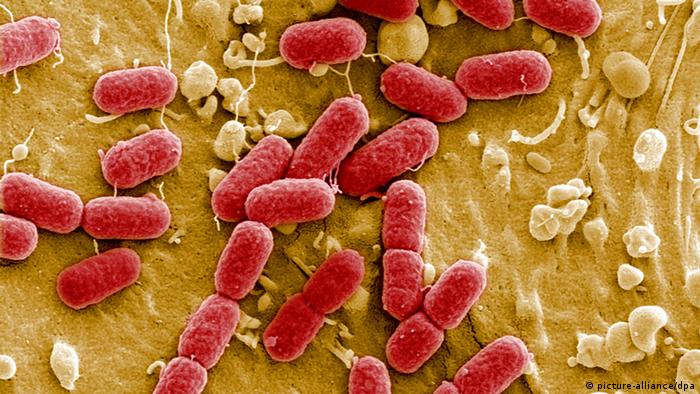
Bacteria, viruses, fungi: life-threatening and indispensable
Outbreaks since 1982
EHEC produces a toxin that the cells of the intestinal destroyed wall and, later, brain, and kidney attacks. The first major outbreak occurred in 1982 in the USA, probably the result of not enough heated meat. In 1996, about 9000 school sick in Japan children after the consumption of radish sprouts. Also by raw milk, E. coli can be transferred. By contrast, helps: boil
-
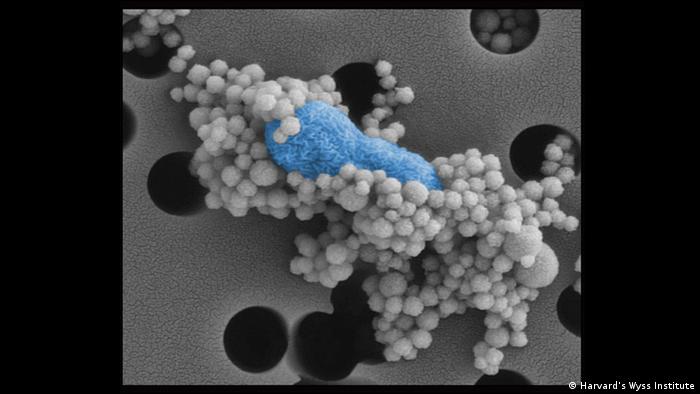
Bacteria, viruses, fungi: life-threatening and indispensable
Useful Related
Not all strains of Escherichia coli bacteria, however, are dangerous. In the large intestine of humans, they normally produce for the bone formation, cell growth, and blood clotting important Vitamin K. In the biotechnology to use E. coli to Insulin and growth hormones. The bacteria can also be used to from micro-algae alcohol to produce biofuels.
-
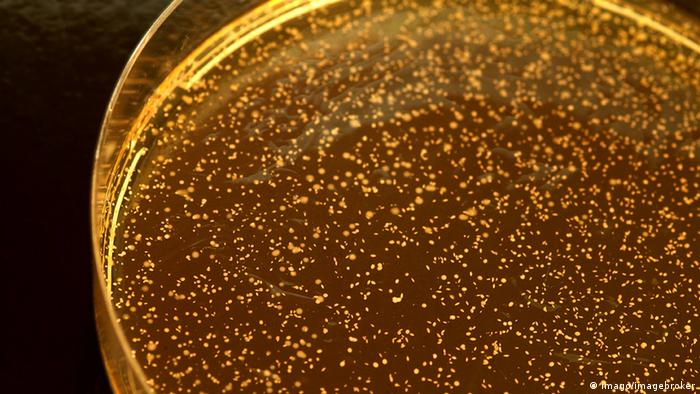
Bacteria, viruses, fungi: life-threatening and indispensable
Bacteria make products durable
Lactic acid bacteria, humans learned to use thousands of years ago. Without the various tribes of the Lactobacillales, there would be no yogurt, Kefir, sour milk and cheese. Heating raw milk to about twenty degrees, the bacteria will feel particularly at home: After ten hours, the milk is sour. Some species of lactic acid bacteria, however, can make you sick.
-
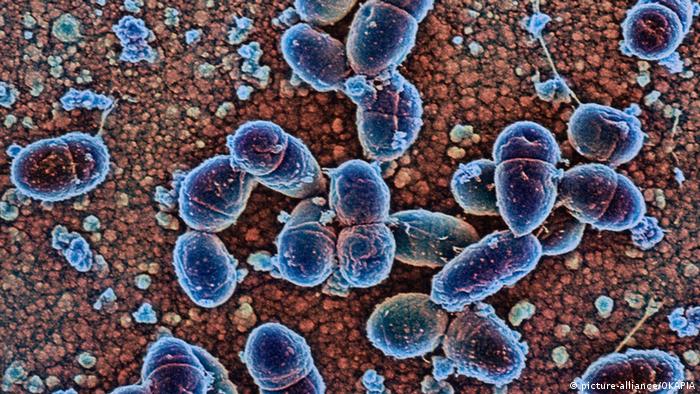
Bacteria, viruses, fungi: life-threatening and indispensable
Good for sour milk – bad for the blood.
One of the diverse forms of lactic acid bacteria are Streptococcus. They play a role in the preparation of sour vegetables, Silage and sour milk products. Streptococci settle quite normal in plants, humans and animals. But some are pathogens and can cause pus, tooth decay, and in the worst case, a blood infection called Sepsis.
-
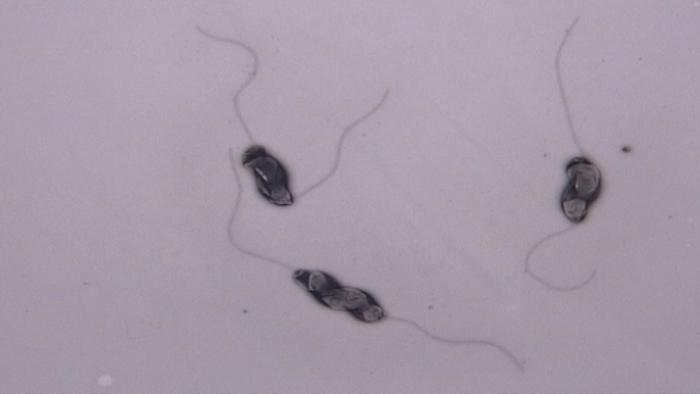
Bacteria, viruses, fungi: life-threatening and indispensable
The most common pathogens causing diarrhea
Rod bacteria or Campylobacter is usually transmitted from animals to humans. This is done either in animal husbandry or also on the plate: cattle, pigs or poultry meats not thoroughly cooked through, it can lead to infection and hence to diarrhoea.
-
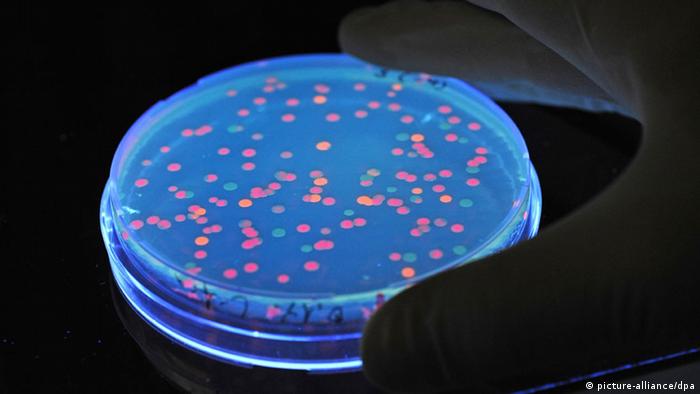
Bacteria, viruses, fungi: life-threatening and indispensable
Beware of raw eggs
Also Salmonella belong to the rod bacteria. The most frequently diseases occur after enjoying soft boiled eggs. Typhoid fever is a dangerous Form of Salmonella disease, which is associated with a high fever, weak heart beat, and bowel obstruction. If left untreated, it can lead to death. Annually, about 32 million people – suffer worldwide, often due to unclean drinking water.
-
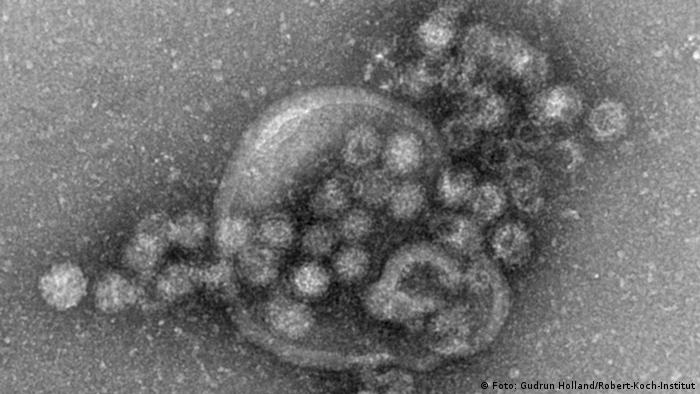
Bacteria, viruses, fungi: life-threatening and indispensable
Not only bacteria cause diarrhea
Norovirus is transmitted from person to person via smear infections of vomit or stool. 100 tiny norovirus particles are enough for an infection. The can be done in case of insufficient Hygiene easily via contaminated drinking water and food.
Author: Fabian Schmidt














